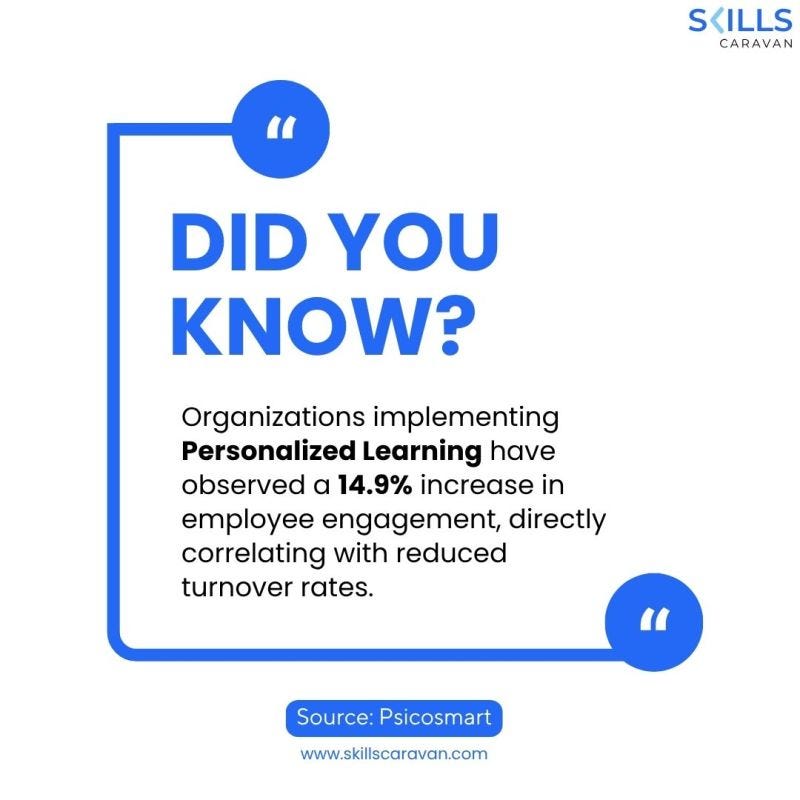Best Practices in Corporate Training to Improve Employee Retention and Performance
In today’s competitive business environment, companies can no longer afford to overlook the direct link between employee retention and performance. High turnover not only disrupts productivity but also impacts the morale of existing employees. One of the most effective ways to address this challenge is through targeted and strategic corporate training.
Corporate training is more than just onboarding sessions or compliance modules. When done right, it becomes a powerful tool that enhances engagement, boosts performance, and fosters long-term loyalty. This blog explores the best practices that organizations can adopt to maximize employee retention and performance through corporate training.

1. Align Training with Career Development
One of the top reasons employees leave an organization is the lack of growth opportunities. By aligning training initiatives with individual career paths, companies show their commitment to employee success. Personalized learning paths, certifications, and upskilling programs help employees visualize a future within the company, thereby increasing their commitment.
🔹 Best Practice: Incorporate Individual Development Plans (IDPs) into your training strategy. Use these plans to map skill-building programs that align with both organizational goals and employee aspirations.
2. Invest in Leadership and Soft Skills Training
Many organizations focus only on technical or job-specific skills. While important, this approach often ignores the interpersonal and leadership skills essential for long-term employee success. Training in communication, conflict resolution, emotional intelligence, and people management can drastically improve both employee retention and performance, especially for those moving into supervisory roles.
🔹 Best Practice: Create leadership pipelines by identifying high-potential employees early and equipping them with the soft skills required for future roles.
3. Foster a Continuous Learning Culture
Organizations that build a culture of continuous learning often enjoy higher retention rates. This approach keeps employees engaged and motivated to keep improving. Learning should be an ongoing process rather than a one-time event.
🔹 Best Practice: Provide access to learning platforms like LinkedIn Learning, Coursera, or internal LMS systems. Encourage employees to dedicate regular time for learning and reward those who complete courses and apply their knowledge.
4. Use Data to Drive Training Decisions
Relying on intuition or outdated content to guide training is a missed opportunity. Leveraging analytics allows organizations to identify skills gaps, measure training impact, and make data-informed decisions. This ensures that training is relevant, engaging, and aligned with actual business needs.
🔹 Best Practice: Use learning analytics and feedback surveys to evaluate how training influences employee retention and performance metrics. Adjust programs accordingly.
5. Make Onboarding a Strategic Process
Onboarding plays a critical role in setting the tone for a new employee’s journey. A poorly designed onboarding experience often leads to early attrition. Structured onboarding, which includes both cultural assimilation and role-specific training, significantly improves employee engagement and productivity from day one.
🔹 Best Practice: Extend onboarding beyond the first week. Include mentorship, progress check-ins, and training modules spread across the first 90 days.
6. Encourage Peer-to-Peer Learning and Mentorship
Employees often learn more effectively from peers than formal training programs. Facilitating peer learning not only improves knowledge sharing but also strengthens team bonds and job satisfaction, both of which contribute to improved employee retention and performance.
🔹 Best Practice: Launch mentorship programs or knowledge-sharing sessions where experienced employees can guide newer team members. Use collaborative tools to enable discussion and idea exchange.
7. Recognize and Reward Learning Efforts
Recognition is a powerful motivator. By acknowledging employees who actively participate in training and apply what they’ve learned, companies can foster a culture of learning and continuous improvement.
🔹 Best Practice: Introduce gamification in training programs. Award badges, points, or even incentives for course completions, certifications, and real-world application of new skills.
8. Customize Training Based on Learning Styles
Not all employees learn the same way. Some may prefer visual aids, while others learn best through hands-on practice. Offering diverse training formats ensures that all learning preferences are addressed, improving both participation and outcomes.
🔹 Best Practice: Use a blended learning model that combines e-learning, in-person workshops, videos, interactive quizzes, and case studies to cater to various learning styles.
9. Involve Managers in the Training Process
Managers are key influencers in employee engagement and growth. When they take an active role in reinforcing training objectives and encouraging development, the overall impact on employee retention and performance is significant.
🔹 Best Practice: Train managers to conduct learning follow-ups, integrate training into daily tasks, and coach employees on applying new skills.
10. Evaluate ROI and Link to Business Outcomes
Training should not be conducted for its own sake. To prove its value, organizations must link training initiatives to tangible business outcomes like reduced turnover, improved performance, higher employee satisfaction, and increased revenue.
🔹 Best Practice: Set clear KPIs for training initiatives — such as improvements in retention rates, employee engagement scores, and productivity — and track these consistently.
Conclusion
Organizations that invest in smart, strategic training programs see measurable improvements in employee retention and performance. By focusing on personalization, data-driven decision-making, leadership development, and a strong learning culture, companies can not only keep their top talent but also enable them to perform at their peak.
Corporate training is no longer a cost center — it’s a vital strategy for sustainable growth, employee satisfaction, and organizational resilience. The companies that recognize this will be the ones that thrive in the years to come.

Comments
Post a Comment